Diagnosis of the poisoned patient can often be accomplished before toxicologic laboratory tests by obtaining a detailed history and directed physical exam. In this second of three articles, we will examine the toxicology clues revealed by the skin. Part 1 dealt with clues found in eyes, hair, nails, and tongue, and Part 3 will be on body fluids including saliva, sweat, urine, breath, vomit, and stool.
Skin
Hyperkeratoses
- Arsenic
Arsenic-related Cancers
- Bowen’s Disease (intraepithelial carcinoma in situ)
- Basal cell carcinoma
- Internal malignancies (lung, liver, esophagus, bladder)
Skin Color Changes (usually hyperpigmentation)
- Increased melanin production or deposition of abnormal pigment
- “Raindrops on a Dusty Road” (As)
- Addison’s Disease (tan, esp scars and flexion creases)
- Melanosis (metastatic malignant melanoma)
- Differential diagnosis of “Gray Man” (slate gray, blue-gray, slate-blue)
- Ag (Argyria), Hg, Bi, Pb, As, Au (Chrysiasis) intoxication
- Amiodarone (more marked on sun-exposed skin)
- Chemotherapy (fluorouracil)
- Ochronosis (gray to brown external ears, sclerae)
- Red Man Syndromes (usually 2º vasodilation)
- Redness non-pigmentary, usually blanches
- Rapid infusion of vancomycin, NAC
- Flushing from histamine release
- Borate poisoning (“red lobster”)
- Degreaser’s Flush (TCE + alcohol)
- Disulfiram reaction
- alcohol + metronidazole, sometimes cefazolin
- alcohol + coprine mushrooms (“Tippler’s Bane)
- Diff’l Dx of erythroderma: Toxic Shock Syndrome
- Blue Man Syndromes
- Cyanosis
- Methemoglobinemia
- aniline dyes, nitrites, local anesthetics (benzocaine)
- unlike jaundice, sclerae remain white!
- Pseudocyanosis (faux bleu)
- Skin staining by fabric dye
- Toxic jaundice
- Hepatotoxins
- Jaundice is late sign, delayed by days after intoxication
- Acetaminophen, Amanita and Lepiota mushrooms
- Hemolytic toxins (often oxidizing agents that also cause methemoglobinemia, esp in patients with G6P deficiency)
- chlorates, dapsone
- gases: arsine, stibine
- Loxosceles (brown recluse) envenomation, esp in children
- Hepatotoxins
- Other cutaneous discoloration syndromes
- Hemochromatosis (bronze hyperpigmentation)
- Carotenemia (sclerae remain white)
- Skin and clothing stains from paint and glue-sniffing
- gold and silver most common
Pressure lesions (narcotics and sedative-hypnotics)
- Redness
- early bruising or pressure lesion
- persists > 20 minutes after pressure relieved
- failure to blanche on pressure distinguishes from flushing
- 2º pressure-induced epidermal ischemia, but lesions also form on non-dependent skin
- Imprints
- pattern ecchymoses from objects lain upon
- Bullous (“Coma Bullae”)
- Barbiturates
- Benzodiazepines
- Carbon monoxide
- Any pressure lesion: check for myoglobinuria and rhabdomyolysis
Vesiculobullous Lesions
- Mustard gas
- Sulfuric and other acids
- Antibiotics, ACEI’s
- Caterpillars (Puss caterpillar of Texas; tarantulas (urticating hairs)
- Pemphigus, bullous pemphigoid
- Poison Ivy (also maculopapular)
Desquamation/Exfoliation
- Barbiturates, borates, methadone, colchicine
- Toxic Epidermal Necrolysis (antibiotics), Stevens-Johnson Syndrome
- Non-Toxic Dffl Dx of Desquamation: Toxic Shock, Kawasaki’s Disease, Staphylococcal Scalded Skin Syndrome
Petechiae, purpura, hematomas
- Non-blanching discolorations of skin
- Anticoagulant rat poisons
- Heparin (thrombocytopenia)
- Ergot (acral cyanosis → thrombosis & necrosis)
Acneiform Rashes (skin cysts, comedones: blackheads and whiteheads)
- Halogenated hydrocarbons (dioxin)
- Case of Viktor Yuschenko, Ukraine
- Yu-Cheng Oil Disease, Taiwan
- Factory explosion in Seveso, Italy, 1986
- Cushing’s Syndrome
- Oral Contraceptives
Maculopapular
- Common allergic reaction to therapeutic course of antibiotics and other medications rather than overdose
- Examples: sulfa, diphenylhydantoin
- May be accompanied by fever, eosinophilia, lymphadenopathy
- Allergic contact dermatitis
- Type IV hypersensitivity reaction, cell-mediated
- Examples: poison ivy, metals (Ni), thiurams (rubber)
- May also be vesicular
Excoriations
- Formication (EtOH), cocaine bugs
Summary: Mechanisms of dermal injury
- Oxidizing (concentrated hydrogen peroxide)
- Reducing
- Corrosive (acids, alkalis)
- Protoplasmic (HF)
- Dessicant
- Vesicant (nitrogen mustard)
- Thermal
- Cryogenic
- Staining
- Neoplastic (As)
- Immunologic (poison ivy, Ni)
- Defatting (gasoline)
- Vasodilatory (disulfiram reaction)
- 14. mechanical (excoriation)
Prepared by Dr. Dave Roberts, of the Hennepin Regional Poison Center.
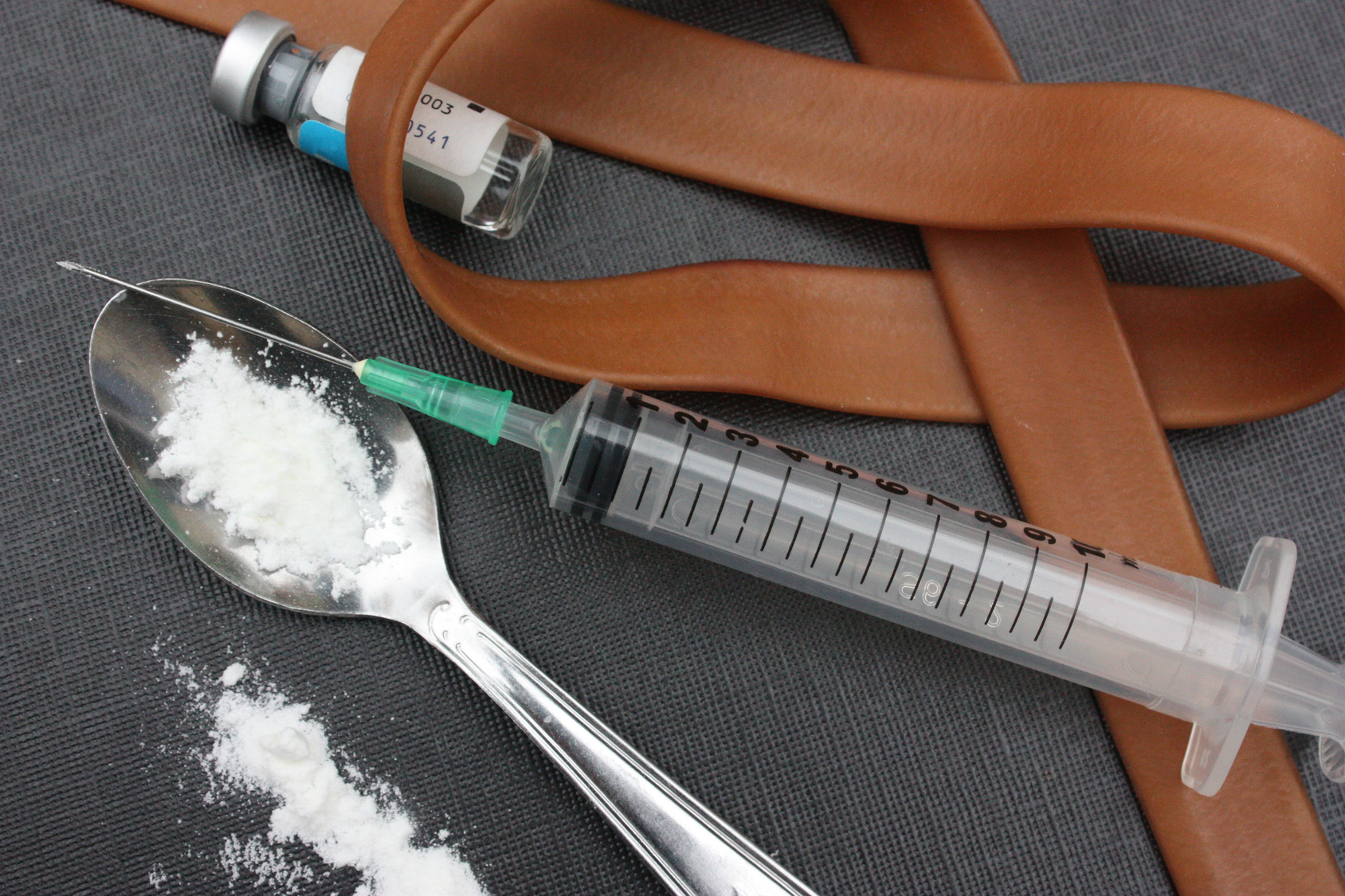
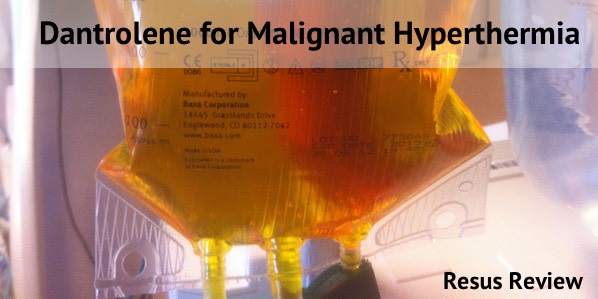
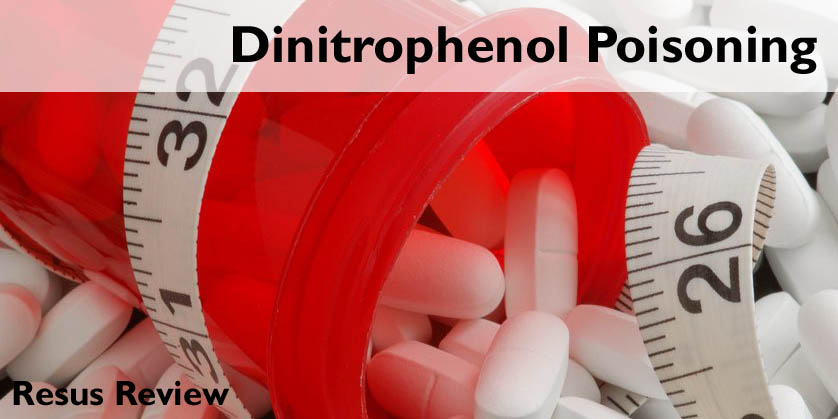
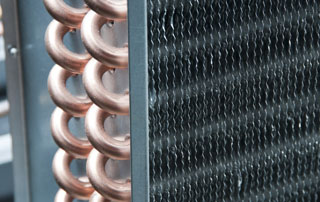
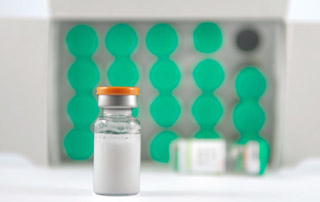

Contribute your thoughts.